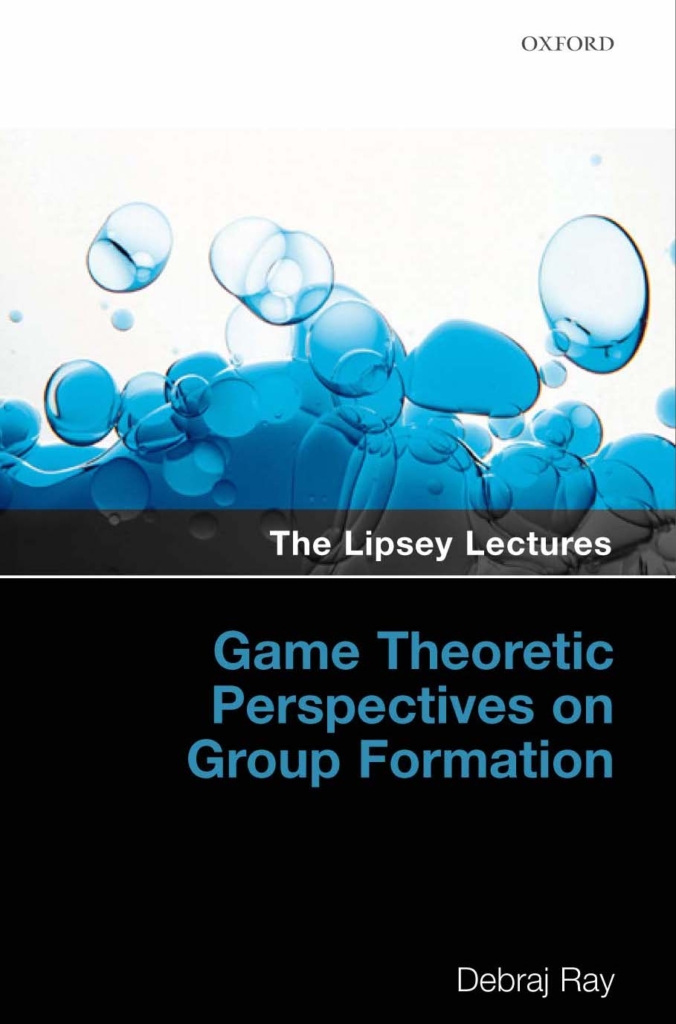(with Rajiv Vohra). April 2025. Supplementary Notes.
Summary. We revisit Nash’s axiomatic approach to bargaining when both individuals and coalitions of individuals have outside options. As in Nash, our solution maximizes a (possibly weighted) product of payoffs net of individual disagreements, but coalitional threats appear as conventional constraints that are not netted out. We embed this solution into a setting with cross-coalitional externalities, and develop a “Nash-in-Nash” theory of viable coalitional structures. Every coalition follows its coalitional Nash solution but interacts noncooperatively with other coalitions, leading to a recursive determination of both threats and solutions. We discuss applications to public goods provision, R&D coalitions, and cartels in oligopolistic competition. Finally, for transferable utility characteristic functions, we connect the coalitional Nash solution to a notion of “pragmatic egalitarianism.”
